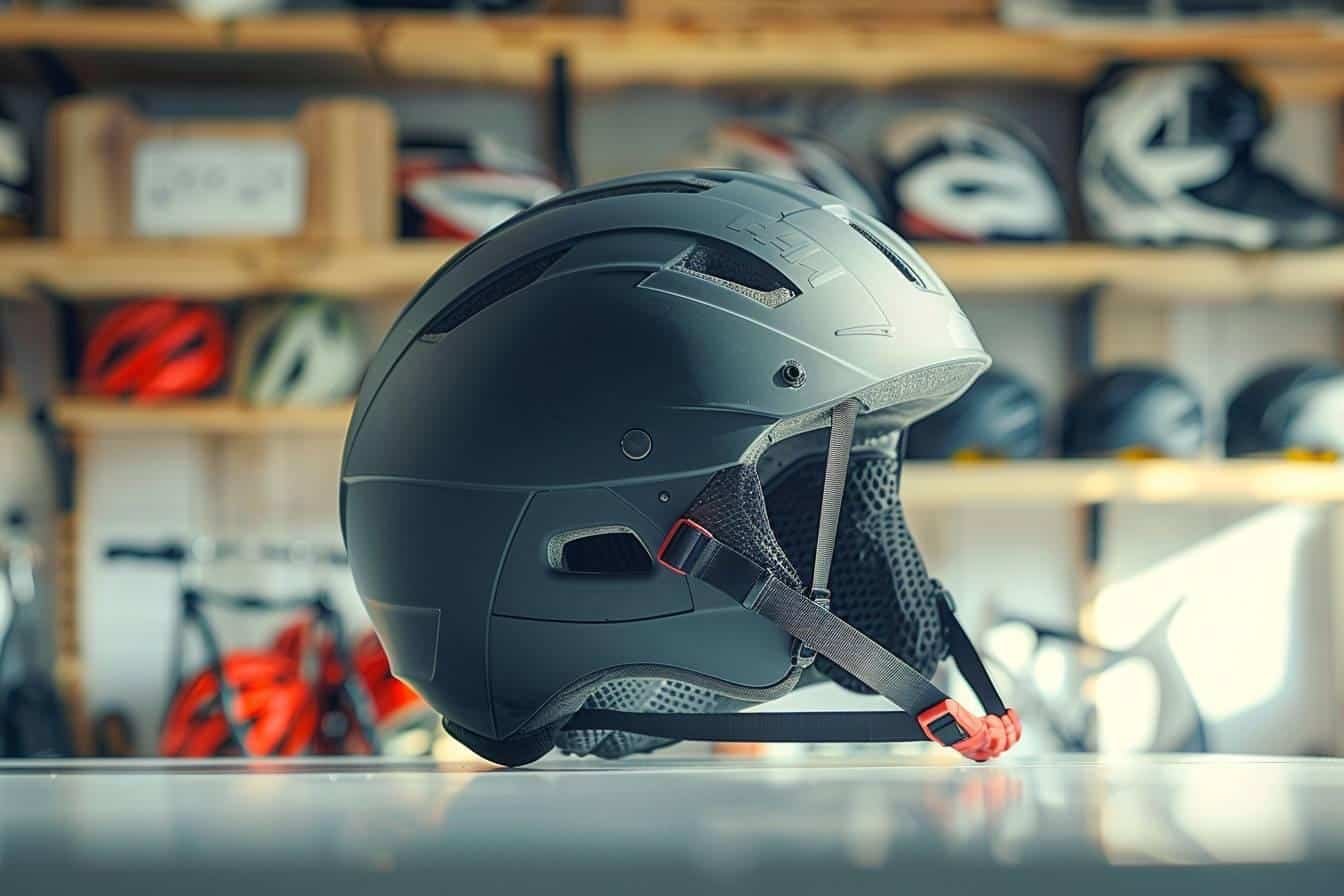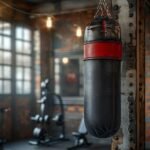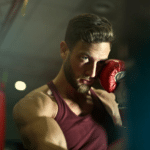The article in brief
The choice of helmet is essential for the boxer's safety and comfort. Here are the essential points to remember:
- Perfect fit A properly fitted helmet ensures optimum protection and maximum comfort.
- Appropriate level of protection Choose according to your level, from training to competition.
- Sustainable materials : Choose leather for its durability, or more affordable alternatives.
- Regular maintenance Good maintenance extends the life and efficiency of your helmet.
Le choosing the right boxing helmet is essential for all boxers, whether beginners or experienced. This practical guide will help you to understand the essential criteria for selecting the ideal protective equipment, tailored to your practice and your specific needs.
Essential criteria for choosing a boxing helmet
Size and fit
A well-fitting helmet is the key to effective protection. To find the right sizeMeasure your head size and consult the manufacturer's size guide. A helmet that is too big or too small compromises not only your safety but also your comfort during training or combat.
Check the helmet adjustment systems :
- Chin strap
- Attachment at the back of the head
- Adjustment at the top of the skull
These elements allow the helmet to be perfectly adjusted to your body shape, ensuring optimum support as you move.
Level of protection
The level of protection varies according to the intended use of the helmet. For intensive training or sparring, opt for a more padded model. In amateur competition, where helmets are compulsory, opt for a lighter model that has been approved by the federations.
Some helmets offer additional protection for sensitive areas:
- Cheekbones
- Nose
- Menton
The face-bar helmet is an excellent compromise, providing effective protection for the nose without reducing the field of vision too much.
Materials and durability
The materials used have a direct influence on the helmet's durability and performance. Leather, although more expensive, offers excellent resistance and longevity. Imitation leather and polyurethane are more affordable alternatives, but generally less durable.
Choose a breathable, non-slip inner lining for optimum comfort during your sessions. A quality helmet can last up to ten years with proper care.
| Material | Benefits | Disadvantages |
|---|---|---|
| Leather | Durable, resistant | High cost |
| Leatherette | Affordable, easy to maintain | Less sustainable |
| Polyurethane | Lightweight and economical | Average durability |
Types of helmets according to practice
Training helmets
Training helmets are designed to offer maximum protection during intensive sparring sessions. They are generally more padded to absorb repeated impacts and reduce the risk of injury. These models cover more of the face and head, sometimes sacrificing a little visibility for safety.
Main features of the training helmets :
- Thick padding for optimum shock absorption
- Extensive coverage of face and skull
- Reinforced fastening systems for a stable hold
These helmets are ideal for beginners who are learning to roll with the punches, and for experienced boxers during intensive training sessions.
Competition helmets
Competition helmets meet specific standards imposed by boxing federations. They are generally lighter than training helmets so as not to impede the boxer's movements during the fight. The protection remains effective, but is optimised to give better visibility and greater freedom of movement.
Key features of competition helmets :
- Lightweight, aerodynamic design
- Approval by official bodies
- Balance between protection and performance
Before choosing a competition helmet, check specific regulations to your category and federation. Some competitions may require specific models.
Discipline-specific helmets
Each combat sport discipline has its own protection requirements. For example, Thai boxing (Muay Thai) uses helmets that also protect the top of the skull, an area frequently targeted by elbow strikes. MMA (Mixed Martial Arts) requires helmets that offer good protection while still allowing ground grappling.
Examples of specific helmets:
- Thai boxing helmet: reinforced protection on the top of the head
- MMA helmet: compact design compatible with grappling techniques
- Kick-boxing helmet: a compromise between the English boxing and Thai boxing
Choose a helmet suited to your discipline for optimum protection without compromising your technique.
Maintenance and lifespan of boxing helmets
A boxing helmet can last for many years. To prolong its life and maintain its efficiency, follow these essential maintenance tips:
- Clean your helmet regularly with a damp cloth and non-abrasive products to remove sweat and bacteria.
- Air dry after each use, away from sources of direct heat that could damage the materials.
- Store it in a dry, well-ventilated place to prevent the formation of mould.
- Inspect upholstery and fastenings regularly for signs of wear.
Paying particular attention to the maintenance of your equipment will not only save you money in the long term, but will also guarantee optimum protection at every training session or competition.
By following this guide, you'll be able to choose the ideal boxing helmet for your practice, ensuring your safety and comfort during your training sessions and competitions. Don't forget that the best helmet is the one that adapts perfectly to your morphology and your specific needs. Take the time to compare different models and don't hesitate to ask your trainer or experienced boxers for advice.
Sources :



